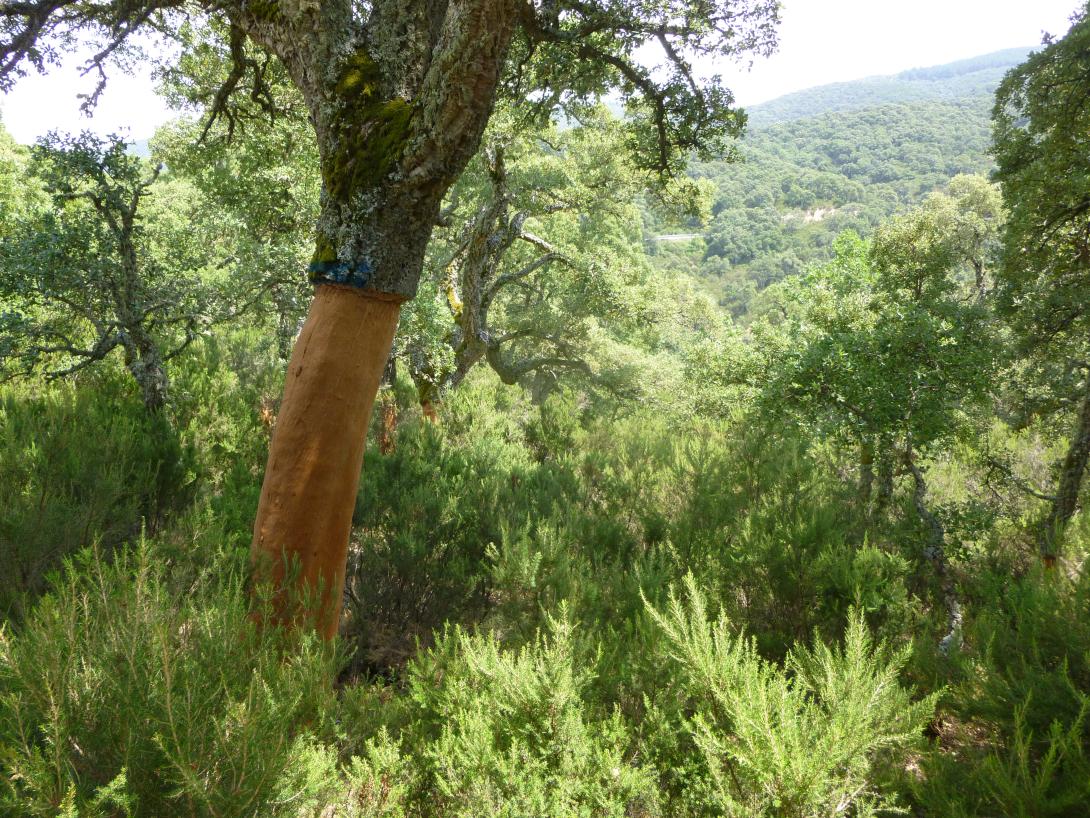
Objective:
The objective of the protocol is the adoption of a common standard for the description of pure or mixed stands with cork oaks for planning and/or management purposes. The aim is ultimately to contribute to the creation of coherent and complete information bases at the regional level, to improve cork oak forest planning, and thereby foster their development, in accordance with the indications of the Regional Forestry Law (Law no. 8/2016 art. 33) and of regional sectorial regulations on cork (Law no. 4/1994).
Context:
The lack of forest planning in both private and public forests is acknowledged as one of the major constraints affecting the cork value chain, in relation to the uncertainty of quantity and quality of cork supply for the processing industry. Moreover, forest planning is an essential pre-requisite for forest certification (FSC, PEFC), which in turn is a useful tool to promote national cork in an increasingly competitive international market. The adoption of a protocol for describing and evaluating the conditions of cork oak woodlands is part of the planning process, and needs to be tailored to the diversified conditions cork oak trees might be found in.
Contacts:
Sara Maltoni: smaltoni@forestas.it https://www.sardegnaforeste.it
Marisa Cadoni: mcadoni@forestas.it https://www.sardegnaforeste.it
Further information:
Murru A., Scotti R., d’Angelo M. (2015) Protocollo per la quantificazione dei prodotti sughericoli nella foresta certificata di Fiorentini (Agro di Bultei, SS). Tesi di laurea triennale Università di Sassari, dipartimento di Agraria, Corso di laurea in Scienze forestali e ambientali a.a.2014-2015.